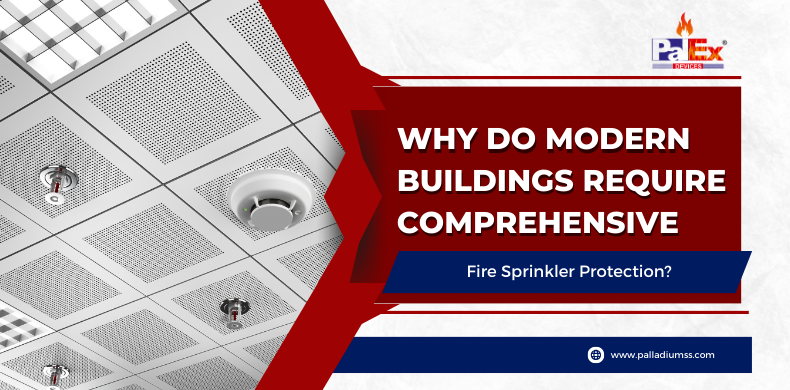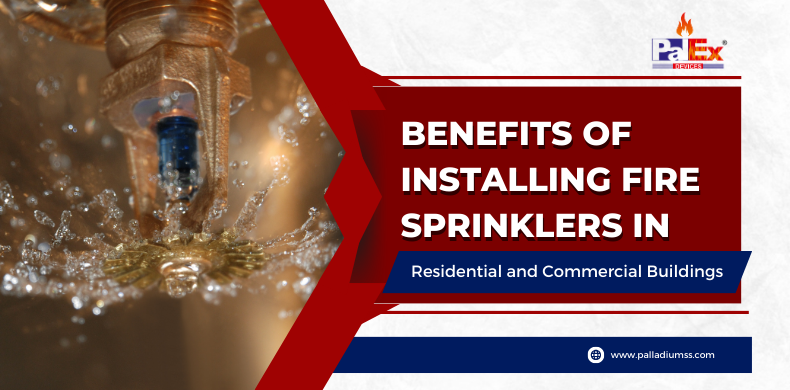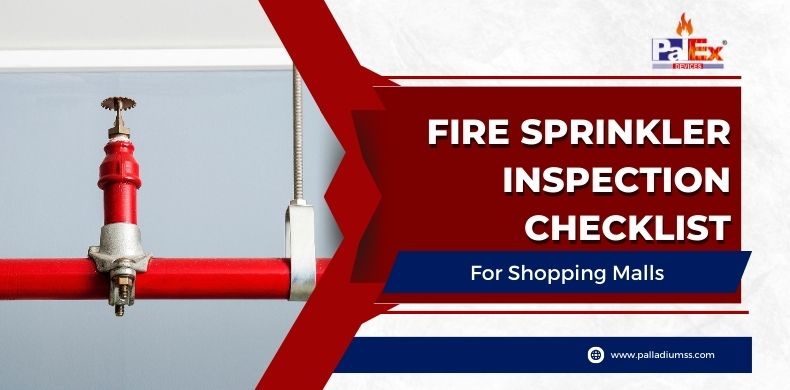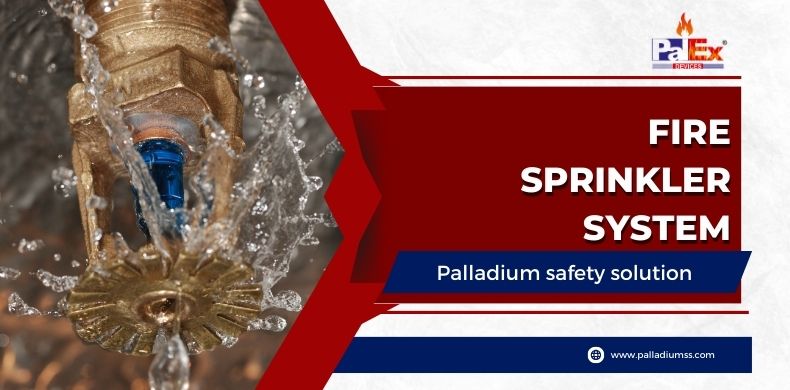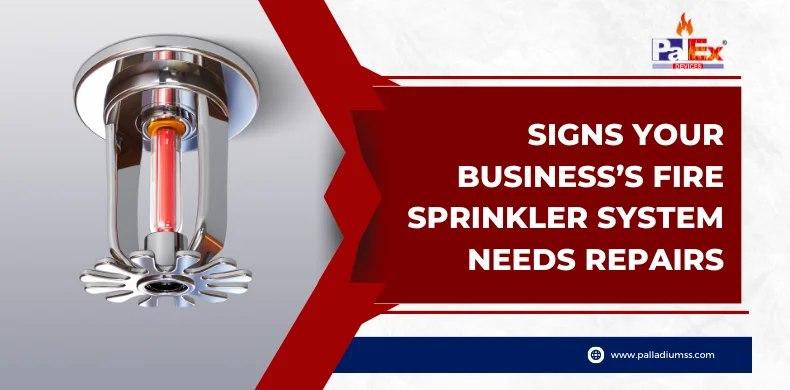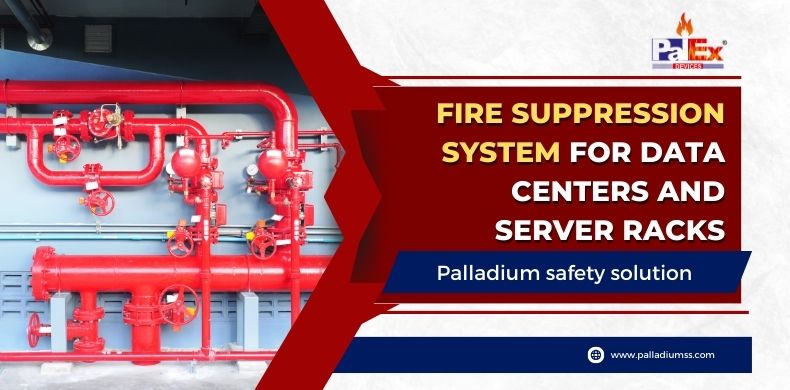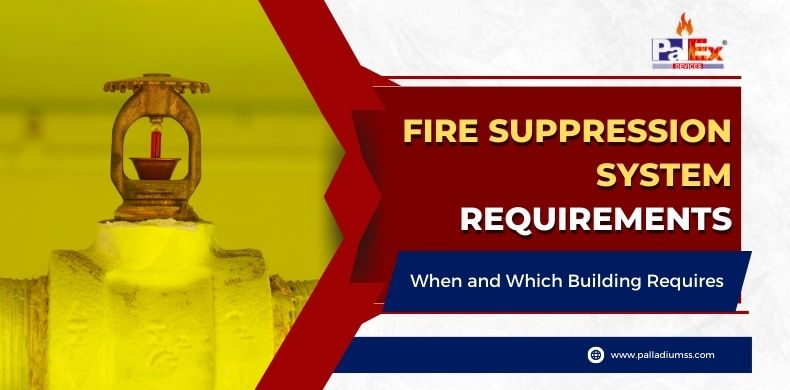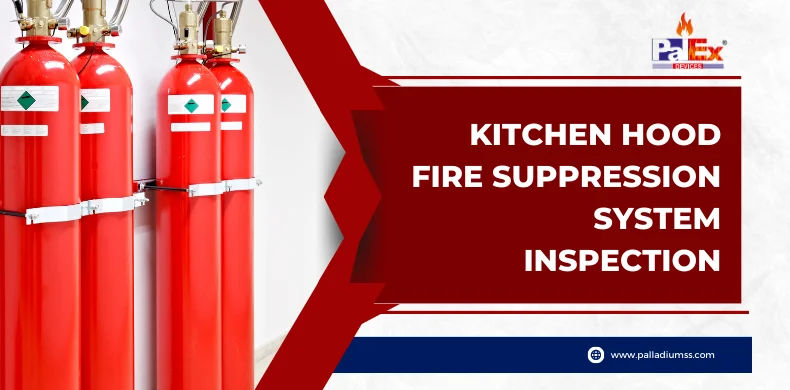Review any significant urban skyline today. Glass high-rise towers dominate sightlines, housing pivotal centers of business, finance, technology, and innovation. Yet containing blazes in modern commercial structures packed with combustible contents poses unprecedented challenges for firefighting forces compared to decades past.
Luckily, immense strides in engineered fire suppression systems help safeguard occupant lives and economic assets worth billions inside even the largest modern edifices. Let’s analyze the critical benefits automatic sprinkler systems, in particular, bring to commercial buildings and the vital role these ubiquitous safety nets play when calamity strikes crowded spaces.
Rapid Fire Development in Unprotected Buildings
Unlike compartmentalized residential units, wide-open office plans have combustion air and fuel to sustain intense infernos rapidly enveloping tens of thousands of square feet should ignition occur. The synthetic contents of modern offices release high heat to spur faster flames. Whereas residential units have minutes to evacuate when alarms sound, unprotected high-rises offer mere seconds before untenable conditions halt escape.
Full building evacuations also prove impossible in tall structures, taking hours to systematically descend groups floor by floor. This leaves suppression as the only option for survivability in many commercial fire events.
Sprinklers Slash 90% of Fire Deaths.
Fire sprinklers act as first responders on-scene almost immediately, controlling 97% of fires where installed. This prevents flashovers in commercial structures despite the immense amount of available fuels. Contrary to Hollywood portrayals, single heads activate locally at fire sources rather than entire systems flooding buildings.
Full-scale testing by agencies like UL repeatedly confirms properly functioning sprinklers nearly eliminate direct fire deaths. Retrofitting older properties slashes mortality rates by over 90% while preventing up to 80% of property losses from catastrophic damages, according to NFPA data.
Also read : Benefits of Installing Fire Sprinklers in Residential and Commercial Buildings
Automated Systems Protect Where Firefighters Can’t Reach
Given the logistical restraints posed by skyscrapers, first responders simply cannot reach flames on upper floors fast enough to prevent destruction, even in best-case scenarios. Studies analyzing historical fires in unprotected high-rises demonstrate disastrous losses occurring even with well-trained departments arriving promptly.
Conversely, automated systems activate within moments right at the fire origin for high probability control. Enhanced sprinklers endure greater heat, activate faster, and distribute more water than standard legacy models, boosting protection levels even higher.
Isolating Hazards with Zoned Systems
Rather than soaking entire buildings, networked designs like dry-pipe systems isolate damage by operating single zones where triggers activate. This prevents unnecessary water application away from actual hazard zones to minimize disruption. Modern programmable logic controllers pinpoint alarms to specific locations so emergency crews know precisely where to respond before arriving.
Cutting Property Loss from Smoldering Fires
While open burning grabs headlines, smoldering fires often cause the costliest commercial damage by burning undetected for hours before discovery. Without suppression, prolonged exposure to heat and gases degrades structural stability while creating immense cleanup and decontamination burdens before reoccupation.
Sprinklers sense elevated heat early, mitigating damage potential by eliminating oxygen to fuel smoldering fires. Some systems even integrate with security alarms and environmental monitors to pinpoint trouble immediately, regardless of smoke alarms. This prevents ruinous damage from threats developing overnight or on weekends when buildings lay vacant.
Guarding Assets in Concealed Spaces
Ceiling plenums, mechanical shafts, storage rooms, and other confined utility areas hidden throughout buildings pose high risk yet remain difficult to access manually. But clever vertical and horizontal sprinkler positioning fills concealed spaces with penetration to soak fires originating out of sight.
Attic sprinklers stop flames from spreading laterally, while subfloor systems douse threats below raised foundations. Special spherical spray models protect atriums and other areas with complex geometry that commercial firefighters struggle to reach.
Protecting Cultural Treasures
Museums, libraries, historic sites, and centres of arts and culture house irreplaceable heritage, which is vulnerable and lost forever if destroyed by fire. But sprinklers avoid harmful deluges even around national treasures by strategically covering hazards rather than entire compartments. This allows defenders to control threats without resorting to destructive tactics that harm artifacts.
Guarding Hazards Like Transformers and Generators
Rather than soaking entire exterior perimeters, focused application shields vulnerable infrastructure sites. Minimal hydraulic water demand prevents runoff and environmental impact while limiting damages if transformers, generators, or substations face threats. Exterior wall wetting systems also protect external facades from reaching flashover, which could cascade interior infernos.
Boosting Eco-Friendly and Smart Building Potential
Given their unrivalled ability to protect occupants at a lower cost than alternatives, building codes and green rating systems like LEED heavily favour sprinkler inclusion for new construction seeking environmental certifications. Fire risk also remains the key factor limiting the height and allowable floor space today before requiring additional egress and multiple vertical compartments – all constraints sprinklers help overcome.
Their surgical precision delivers substantial water savings over legacy deluge systems while integrating well with gray water recycling architecture and rain harvesting infrastructure. Sprinklers also avoid toxic runoff risks when protecting buildings with modern polymer furnishings emitting harmful chemicals when burned without suppression.
Bottom Line
Society depends on pivotal buildings to function, yet devastating fires are likely to occur over their decades of operation without proactive measures in place. But the life-and-asset-saving impact automatic sprinkler systems bring to commercial structures makes them well worth the nominal investment. Their automated operation continues evolving alongside emerging construction challenges to prevent both incremental and catastrophic commercial losses from impacting bottom lines and communities.

